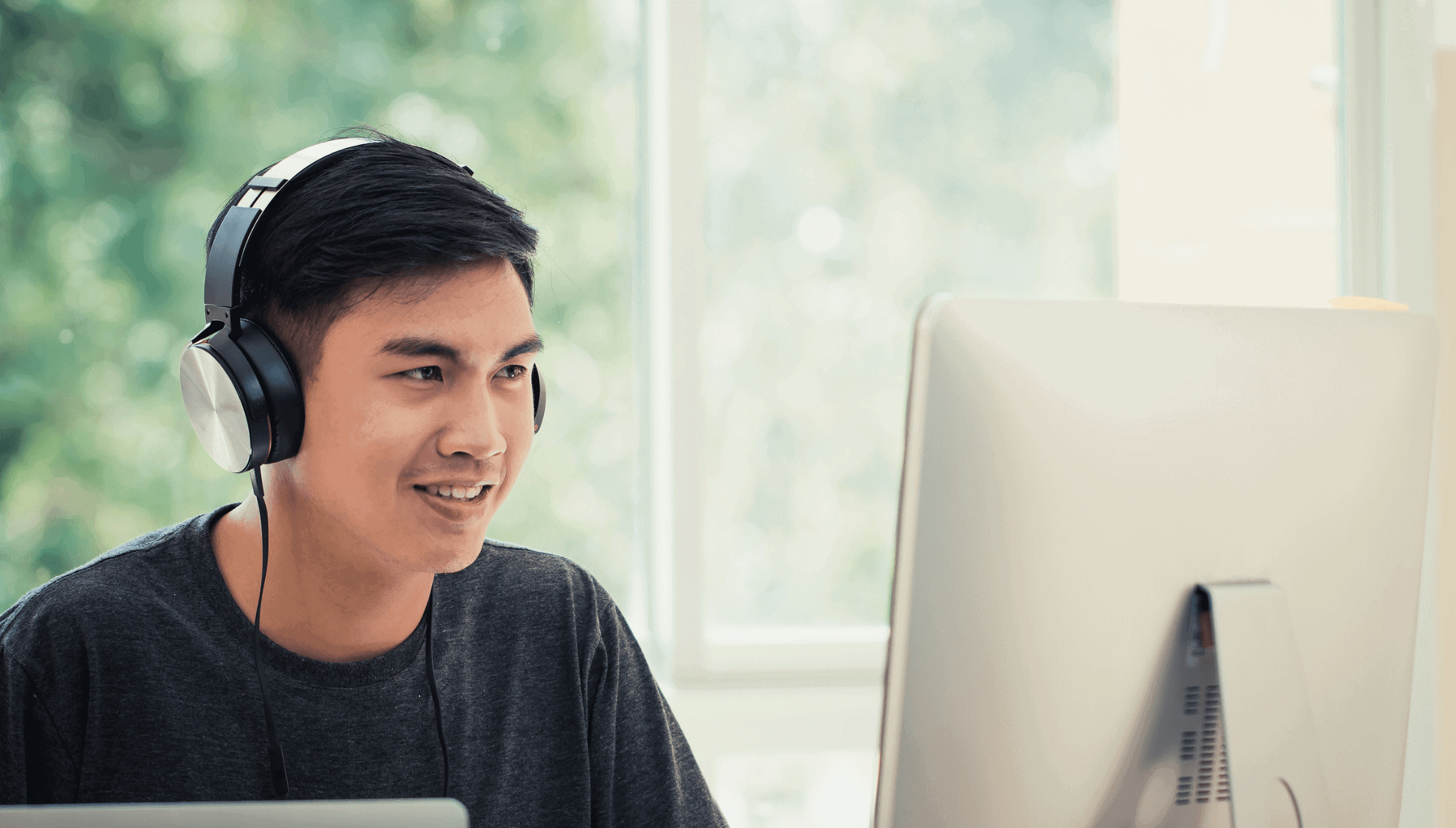
Teenagers are constantly surrounded by noise, whether it’s through earbuds, concerts, or sporting events. While loud music and activities are part of many teens’ daily routines, they come with a hidden danger: noise-induced hearing loss (NIHL). Unfortunately, hearing damage can happen slowly, often without warning. The good news is, NIHL is preventable if the right steps are taken early.
Teens often think they’re invincible, but hearing loss can affect anyone, regardless of age. By making small changes to their habits, they can protect their hearing in the long run.
Understanding the Impact of Noise
Noise-induced hearing loss occurs when sounds are too loud for too long. The hair cells inside the inner ear are delicate and can become permanently damaged from prolonged exposure to high volumes. Sounds above 85 decibels, such as a lawnmower or heavy traffic, can lead to hearing loss if exposure is consistent.
Many teens are exposed to sounds at these levels through personal listening devices, concerts, and more. When teens are educated about the risks of loud noise, they can avoid what causes hearing damage and be mindful of everyday noise.
Encourage the Use of Volume Limits
One of the easiest ways to help teens protect their hearing is by encouraging them to set volume limits on their devices. Many smartphones and music players have built-in options that allow users to cap the volume at a safe level, usually around 60-70% of the maximum volume. This small change can make a big difference, as prolonged exposure to music at full blast can lead to irreversible damage.
Teach teens to follow the “60/60 rule”, listening to music at 60% volume for no more than 60 minutes at a time. This ensures they’re enjoying their music while giving their ears a break, reducing the chances of long-term harm.
Promote the Use of Noise-Canceling Headphones
Noise-canceling headphones are a great investment for any teen who loves listening to music or playing video games. These headphones work by blocking out external sounds, allowing users to hear their music or game without turning up the volume to dangerous levels.
With less background noise to compete with, teens can enjoy a clear sound experience at a much safer volume. In crowded areas like schools or buses, noise-canceling headphones are especially useful. They help reduce the need for higher volume settings, which keeps teens’ hearing safer.
Take Breaks from Loud Sounds
It is important for teens to take regular breaks while at concerts, working with loud tools, or even spending time in noisy environments like arcades or sporting events. Giving their ears time to rest allows the hair cells to recover from noise exposure and prevents cumulative damage. Encourage teens to step away from loud environments for at least five minutes every hour, allowing their ears to recharge.
Wear Ear Protection in Loud Settings
Concerts, sporting events, and even some school activities like band practice can be surprisingly loud. When attending these events, teens should wear earplugs or other hearing protection. Custom-fit earplugs are comfortable, discreet, and allow them to enjoy the music or event without risking their hearing.
There are even special earplugs designed for music lovers, which lower the volume while keeping the sound quality intact. Ear protection is a small but important step toward preventing long-term hearing damage. It can be as simple as tossing a pair of foam earplugs into their bag before heading to an event.
Raise Awareness About Hearing Loss
While many teens know about the dangers of sun exposure or smoking, hearing loss often doesn’t get the same attention. It’s crucial to raise awareness about how NIHL can impact their lives. Talk to teens about the real-world consequences of hearing loss, including difficulty communicating, social isolation, and the need for hearing aids later in life.
